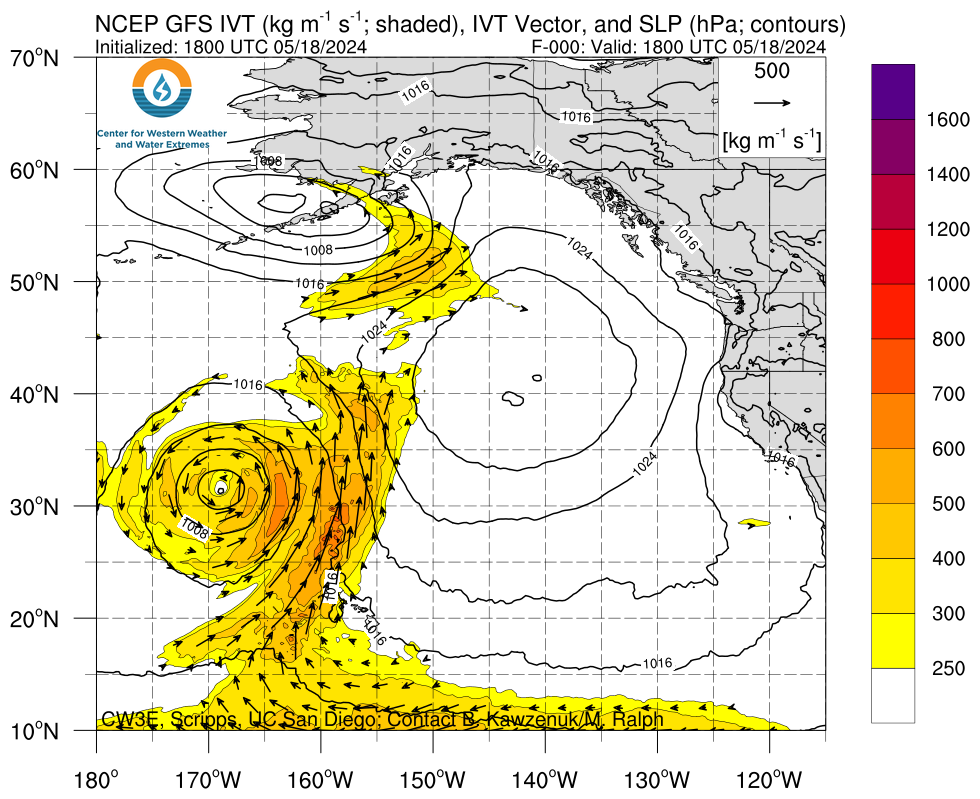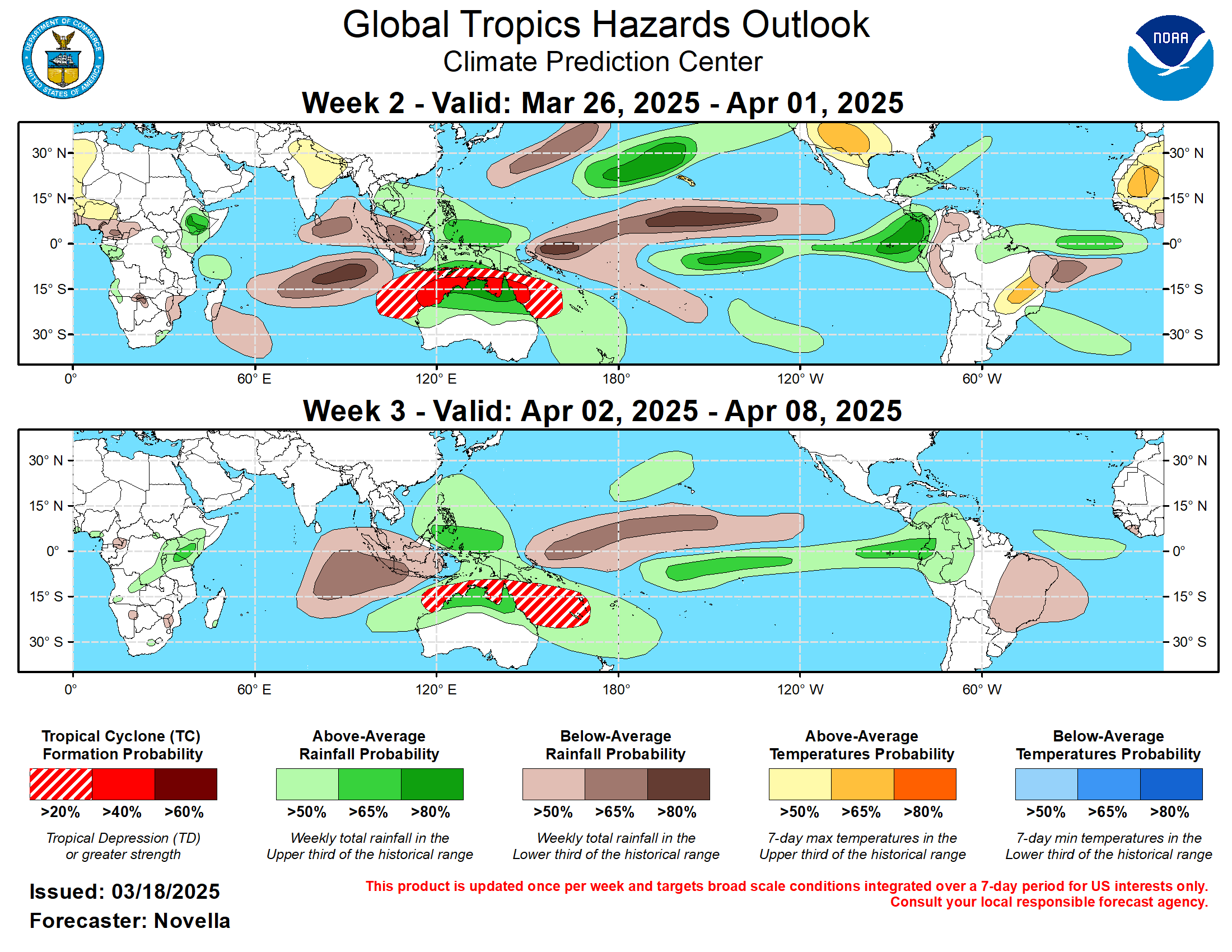This article focuses on what we are paying attention to in the next 48 to 72 hours. The article also includes weather maps for longer-term U.S. outlooks and a six-day World weather outlook which can be very useful for travelers.
First the NWS Short Range Forecast. The afternoon NWS text update can be found here after about 4 p.m. New York time but it is unlikely to have changed very much from the morning update. The images in this article automatically update.
Short Range Forecast Discussion
NWS Weather Prediction Center College Park MD
Sun Jul 28 2024
Valid 12Z Sun Jul 28 2024 – 12Z Tue Jul 30 2024…Flash flooding possible in the Ohio/Tennessee Valleys Sunday, spreading
into the central/southern Appalachians by Monday……Severe thunderstorms expected across portions of the Northern/Central
Plains with flash flooding into the Upper Midwest Sunday……Cooler than normal for much of the West with monsoonal thunderstorms
for portions of the Southwest…A lingering frontal boundary snaking through the Ohio/Tennessee Valleys
deeper into the Southeast and off the Atlantic coast will continue to help
trigger scattered showers and thunderstorms over the next couple of days.
An upper-level wave passing over the Ohio/Tennessee Valleys will provide a
focus for more numerous storms on Sunday, possibly into the
central/southern Appalachians as well, with very moist, southerly Gulf
flow leading to some locally heavy downpours. A Slight Risk of Excessive
Rainfall (level 2/4) is in effect for the threat of some scattered
instances of flash flooding, particularly where storms may have the
tendency to backbuild/repeat over areas in vicinity of the frontal
boundary. Then, as the upper-level wave continues east on Monday, the
focus for storms will spread further into the central/southern
Appalachians, with another Slight Risk of Excessive Rainfall in effect for
additional instances of flash flooding. High temperatures broadly across
the Ohio Valley into the Southeast and along the Gulf Coast will remain at
or a bit below average given widespread clouds and storms, with highs
generally in the mid-80s to low 90s.A frontal system passing slowly through the Northern/Central Plains and
the Upper Midwest will bring storm chances to these regions Sunday.
Plentiful moisture, instability, and strong upper-level flow overhead
leading to sufficient deep-layer shear is expected to result in some more
intense, organized storms. Initially isolated storms/supercells over
portions of South Dakota, central Nebraska, and northwestern Kansas may
produce some large hail and damaging winds. Eventual upscale growth into
an organized convective system Sunday evening may bring a damaging wind
threat downstream into southwestern Minnesota and northwestern Iowa. The
Storm Prediction Center has highlighted these areas with a Slight Risk
(level 2/5) of severe weather. The expanding coverage of storms heading
eastward, as well as plentiful moisture to lead to heavy rainfall rates,
will also bring the threat of flash flooding into Iowa. Additional storms
will continue ahead of the front over Minnesota through early morning
Sunday, with another round of storms expected Sunday night. Repeated
storms bringing heavy rainfall on top of already wet antecedent conditions
will lead to the risk of some scattered flash flooding here as well. A
Slight Risk of Excessive Rainfall extends from portions of Minnesota
southward into Iowa to cover these threats. The system will continue into
the Great Lakes region Monday, bringing showers and storms with moderate
to locally heavy rainfall. High temperatures ahead of the front will be
rather hot, running 10-15 degrees above average for some locations, with
80s to near 90 in the Upper Midwest and 90s to low 100s southwestward into
the Central Plains and southern High Plains. A few near
record-tying/breaking highs will be possible in the southern High Plains
Monday.An upper-trough over the West will keep temperatures below average for
most of the region. Forecast highs Sunday-Monday range between the 60s and
70s along the Pacific Coast; 70s and 80s in the Pacific Northwest; 80s and
90s in the Great Basin, Four Corners Region, and interior California; and
the 100s into the Desert Southwest. Some Monsoonal storms will continue
over parts of the Southwest, particularly southeastern
Arizona/southwestern New Mexico, with an isolated threat of flash
flooding. A storm system approaching the Pacific Northwest will bring some
shower chances here as well. Smoke from wildfires will also continue to
plague parts of the West, particularly over the northern Great
Basin/Rockies, resulting in poor air quality and areas of reduced
visibility. Elsewhere, conditions will be trending hotter across most of
the Northeast, with 80s and low 90s forecast. A coastal low approaching
southern New England is looking more likely to bring cooler temperatures
and some rain chances over the next couple of days.
To get your local forecast plus active alerts and warnings click HERE and enter your city, state or zip code.
Learn about wave patterns HERE.
Then, looking at the world and of course, the U.S. shows here also. Today we are looking at precipitation.
Please click on “Read More” below to access the full Daily Report issued today.
| Notices: What would you like to learn about? Please provide that to me via the comment section at the end of the article. |
Now more detail on the 48-Hour Forecast (It is a 48 to 72 Hour Forecast actually)
Daily weather maps. The Day 1 map updates twice a day and the Day 2 and 3 maps update only once a day. These maps update automatically. But if that does not happen, you can get updates by clicking HERE
TODAY (or late in the day the evening/overnight map will appear) (Key to surface fronts shown on maps and you will then also be able to insert a city name or zip code and get a local NWS forecast).
TOMORROW
NEXT DAY
We have a new animation of the forecast which shows how things may play out over the next 60 hours. To update click ANIMATION. Doing so will get you to the dashboard. You can then step through the animation or hit LOOP on the upper right of the display. You will have to hit the back arrow ← at the top left on your computer to get back into this article. It is a little more trouble than before but I think NOAA scrapped the animation routine I was using so we have to keep up with “progress”.
The NWS Climate Prediction Center’s: Watches, Warnings, and Advisories plus other information can be found HERE. That takes you to the NWC Severe Weather Site. From there you can select among many categories of information. Remember to hit the back arrow ← at the top left of your screen to return to this article.
ATMOSPHERIC RIVERS
This tells us what is approaching the West Coast. Click HERE to update If I have not gotten around to doing the update. Here is some useful information about Atmospheric Rivers.
Below is the current five-day cumulative forecast of precipitation (Updates can be found HERE)
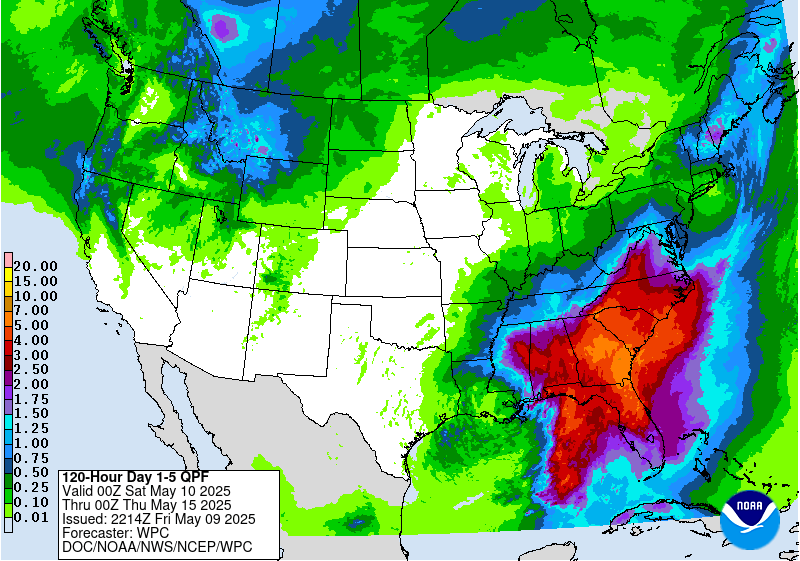
Ski SnowReports will Resume in the Fall.
Now we look at Intermediate-Term “Outlook” maps for three time periods. Days 6 – 10, Days 8 – 14, and Weeks 3 and 4. An outlook differs from a forecast based on how NOAA uses these terms in that an “outlook” presents information as deviation from normal and the likelihood of these deviations.
Below are the links to obtain updates and additional information. They are particularly useful if you happen to be reading this article significantly later than when it was published. I always try to provide readers with the source of the information in my articles. These links may also be useful for those viewing this article on a cell phone or other small screen.
| Days 6 – 10 (shown in Row 1) | Days 8 – 14 (Shown in Row 2) | Weeks 3 and 4 (Shown in Row 3 but updates only on Fridays) |
| https://www.cpc.ncep.noaa. gov/products/predictions/610day/ | https://www.cpc.ncep .noaa.gov/products/predictions/814day/ | https://www.cpc.ncep.noaa.gov/products/predictions/WK34/ |
Showing the actual maps. They should now update automatically. The Week 3 – 4 Outlook only updates on Fridays. So below is what I call the Intermediate-term outlook. On Fridays, it extends out 28 Days. That declines day by day so on Thursday it only looks out 22 days until the next day when the Week 3 – 4 Outlook is updated and this extends the outlook by one additional week.
| 6–
10
|
|
|
| 8–
14 |
|
|
| 3–
4 |
|
|
HAZARDS OUTLOOKS
Click here for the latest complete Day 3 -7 Hazards forecast which updates only on weekdays. Once a week probably Monday or Tuesday I will update the images. I provided the link for readers to get daily updates on weekdays. Use your own judgment to decide if you need to update these images. I update almost all the images Friday Night for the weekend edition of this Weather Report. So normally readers do not need to update these images but if the weather is changing quickly you may want to.
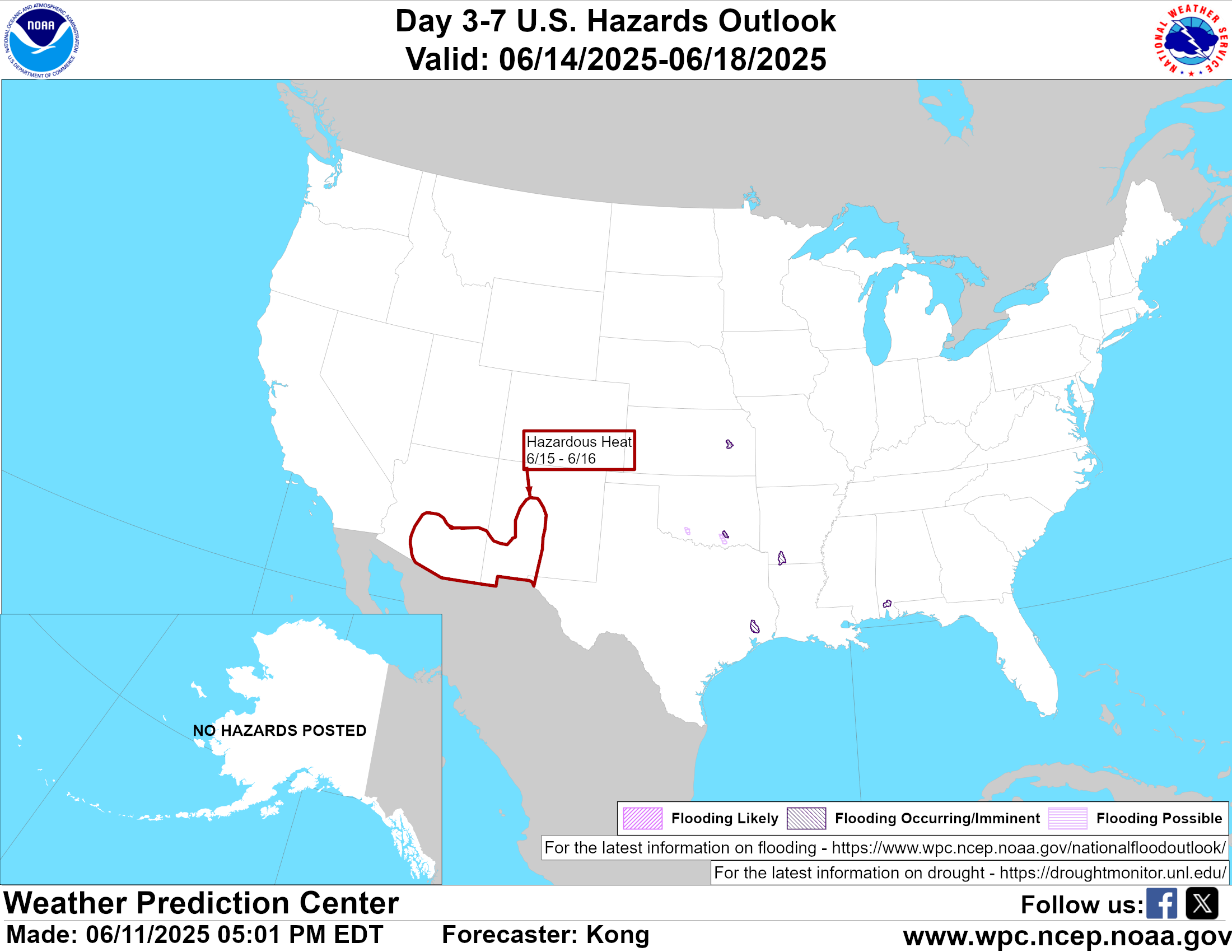
Temperature month to date can be found at https://hprcc.unl.edu/products/maps/acis/MonthTDeptUS.png
Precipitation month to date can be found at https://hprcc.unl.edu/products/maps/acis /MonthPNormUS.png
World Forecast [that website is has been intermittent so be patient]
Below are the Day 1 -3 and 4-6 forecasts for temperature and precipitation. Updates and much additional information can be obtained HERE
World Temperature Anomalies

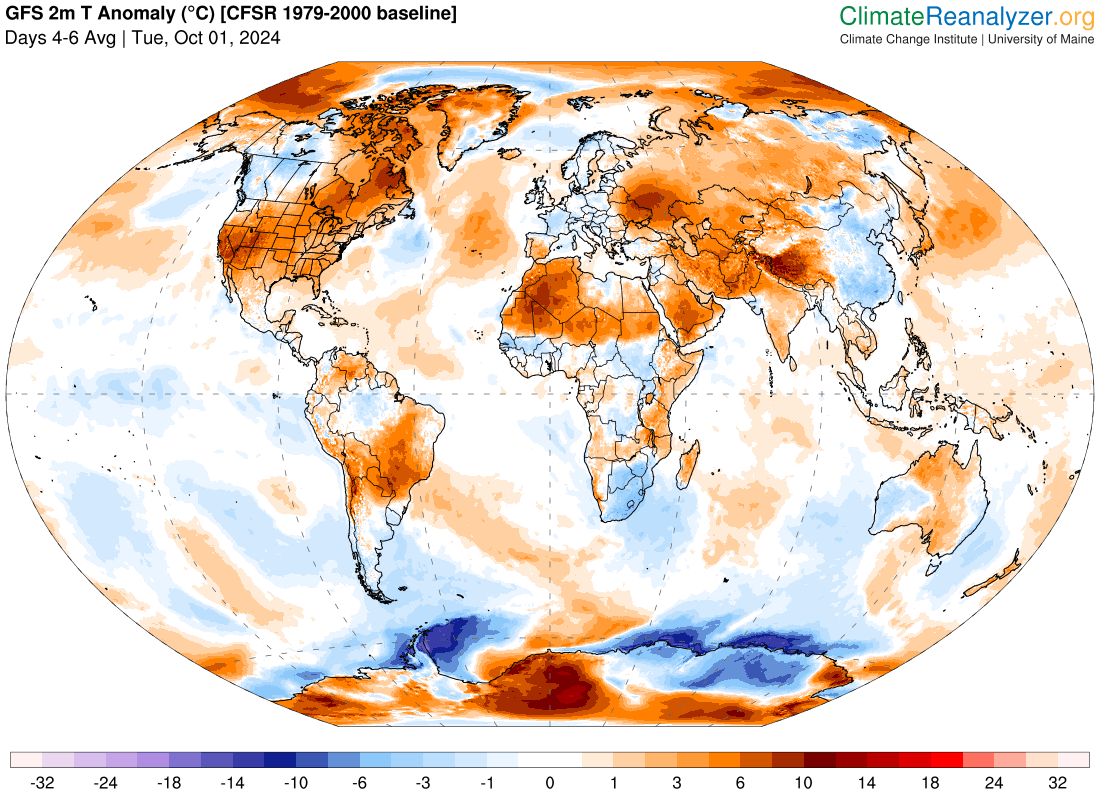
World Accumulated Precipitation
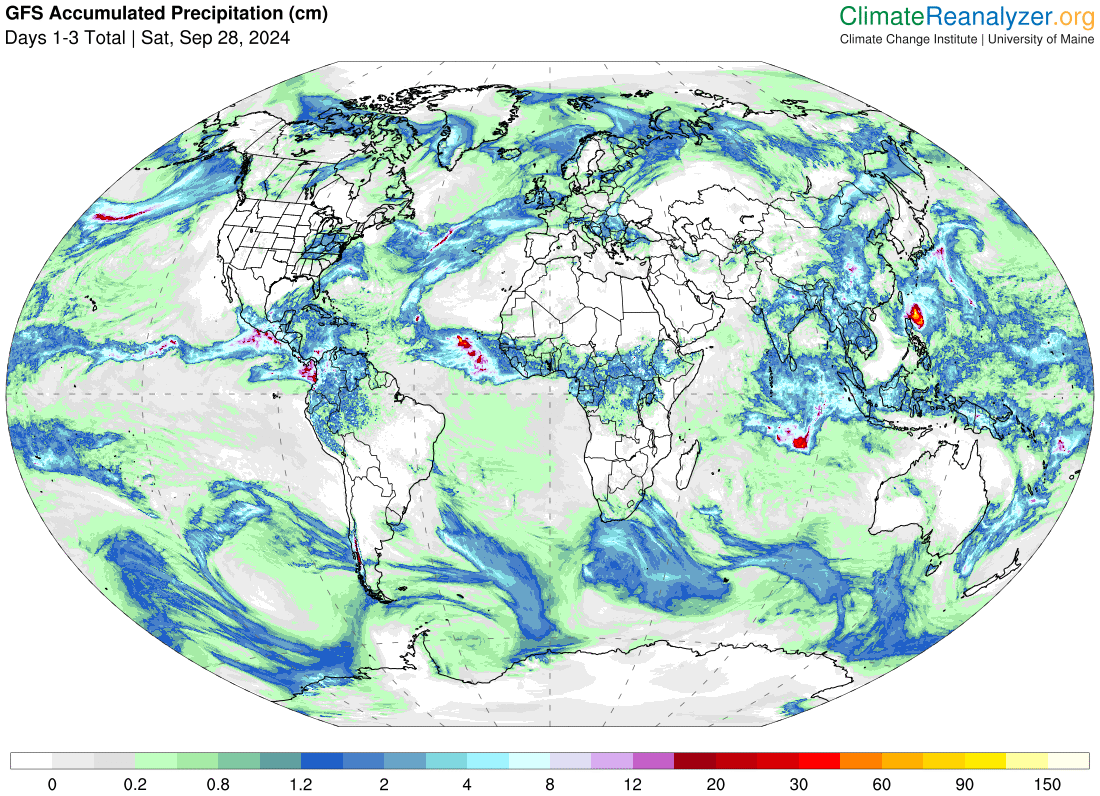

This information is provided by the University of Maine. They draw upon many different sources. There is a lot of information available at the link provided. I have just provided two useful forecasts. There are probably over a hundred different forecasts available from this source.
Worldwide Tropical Forecast (This is a NOAA Product)
This graphic updates on Tuesdays) If it has not been updated, you can get the update by clicking here Readers will only have to do that if they are reading this article much later than the date of it being published.
Information on Tropical Storms can be found HERE. Western Pacific information can be found HERE. Note that unless there is an out-of-season storm the below images will not update until the National Hurricane Center starts their seasonal update of these maps on June 1. I include them simply because there can be an out-of-season event in which case it should show up in these maps.


–
| I hope you found this article interesting and useful. |

